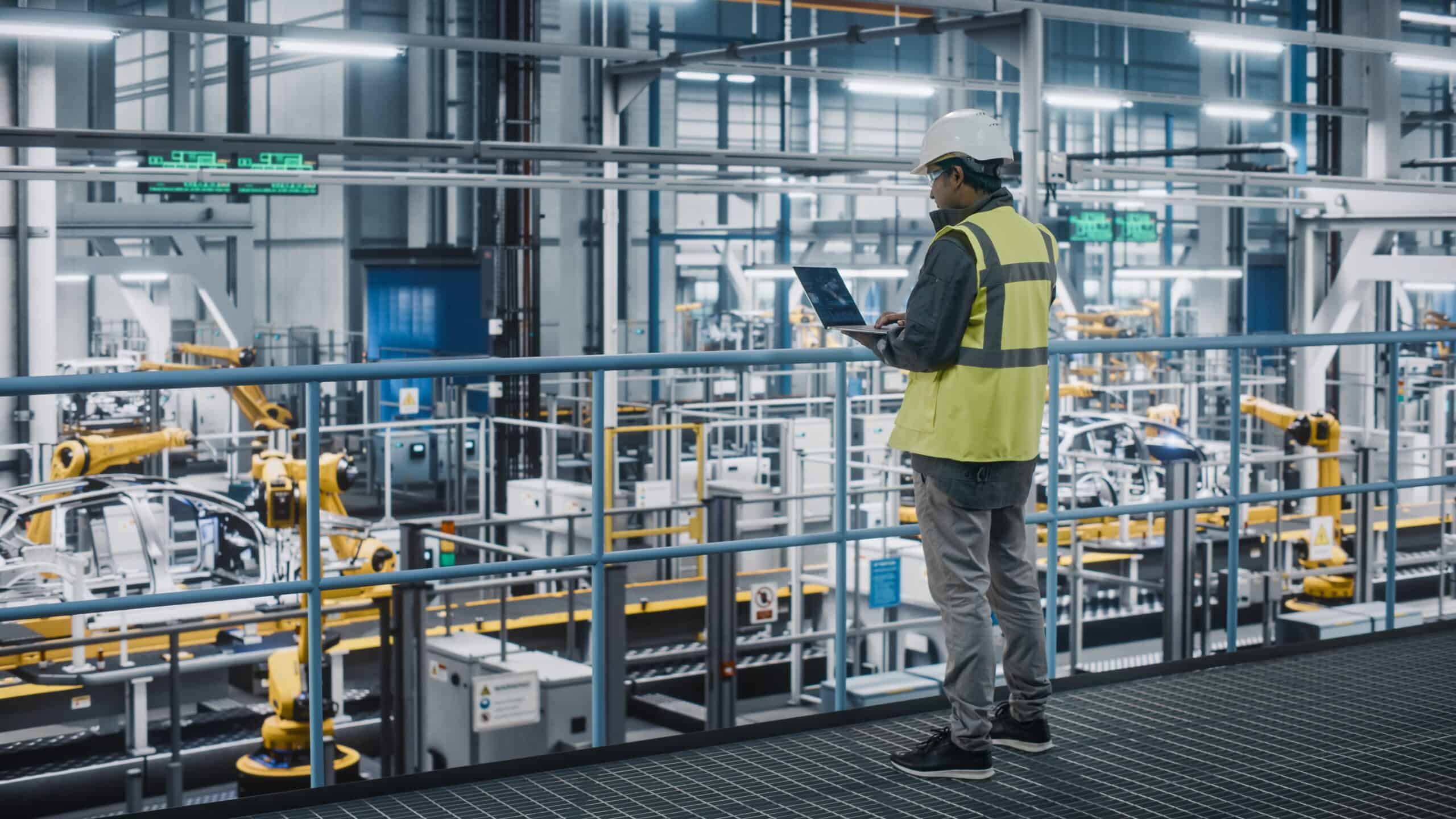
Throughput is considered by many in manufacturing and tech as the most important metric.
What is throughput?
Throughput can be defined as the amount of material that is passed through a system or the number of units able to be produced in a production process during a set time period.
5 benefits of throughput
There are many benefits of throughput that are worth noting:
1. Reduction in downtime
An improvement in throughput means less downtime and increased output, which can translate into greater sales.
2. More profitability
Increasing throughput with efficiency lets you more easily meet quotas and even go beyond them for increased profit when items sell.
3. Competitive advantage
If your throughput is better than your competitors, it gives you an advantage.
4. Waste reduction
An improvement in throughput reduces waste. When there is high throughput and little downtime, there is less waste of labor.
5. Lower cost of facilities
An increase in throughput means that you are getting more out of your resources, and this includes your factory space. Idle machines cost money in space.
Why is throughput important to understand?
There are several reasons why understanding throughput is important:
It is often considered the most important metric
Throughput is often considered the most important metric for assessing the quality of a production line, as it makes the difference between hitting production goals and not.
Data transfer
Throughput is important to understand because it tells us how much data from a source was transferred in a specific amount of time.
Calculating throughput time
Having a solid working knowledge of throughput allows you to calculate throughput time, thereby helping you determine if your operations are running optimally or if there is room for improvement.
An industry example of throughput
A frozen pizza manufacturing plant checks its machines and workers weekly by evaluating throughput. Last week, it was found that the throughput for four-cheese pizzas was 10 per minute. This week, it is determined that the throughput for four-cheese pizzas has dropped to 7 per minute. Due to this decrease, the staff will be looking at their processes to see what may have caused the drop in throughput.
3 best practices when thinking about throughput
Here are some practices to keep in mind when thinking about throughput:
1. Do not confuse throughput with goodput
When looking at a network, throughput is all the data that is transferred. Goodput is all the actually useful data that is transferred.
2. Know the difference between throughput and latency
Latency is the time it takes for the material to move through, while throughput is the amount. In manufacturing, this can also be known as manufacturing throughput time.
3. Eliminate bottlenecks
In order to improve manufacturing throughput time, be sure to analyze your production process for any bottlenecks that can be eliminated.
Frequently Asked Questions (FAQ) about throughput
What is throughput vs bandwidth?
When referencing a network, throughput is the amount of data that moves through a network successfully. Bandwidth is the network’s maximum data volume capacity.
Does throughput include any unfinished work?
Throughput is only the work that is actually completed.
How is average throughput calculated?
It is calculated by taking the total payload and dividing it by the total time. Total time is determined by figuring out the difference between the first timestamp and the final timestamp.
Throughput and your customers
In production, high throughput can be the difference between keeping your customers and losing them. Not being able to meet quotas can cause you to lose your customers to your competitors. Keeping an eye on your throughput and finding ways to increase it will help you keep your customers and stay ahead of the competition.